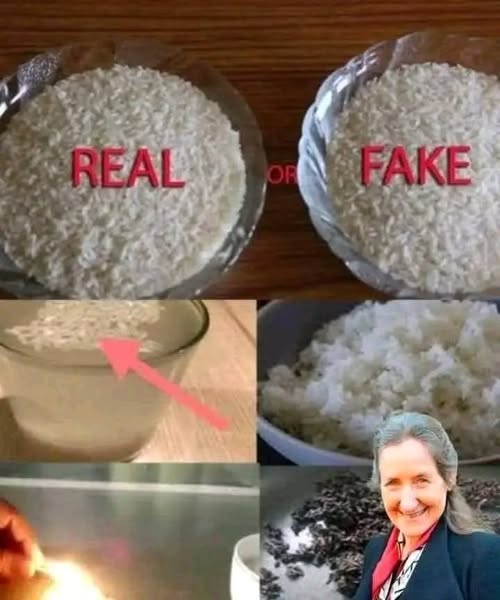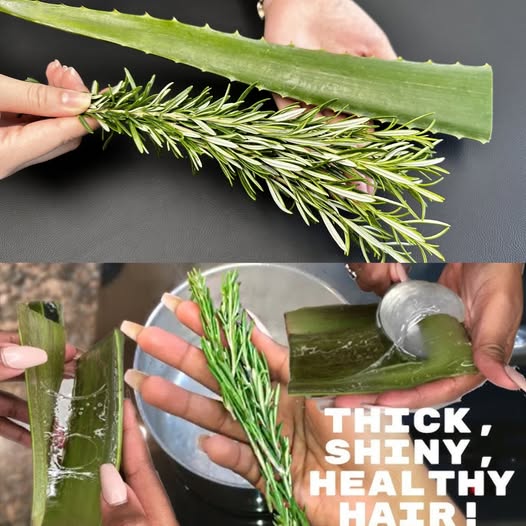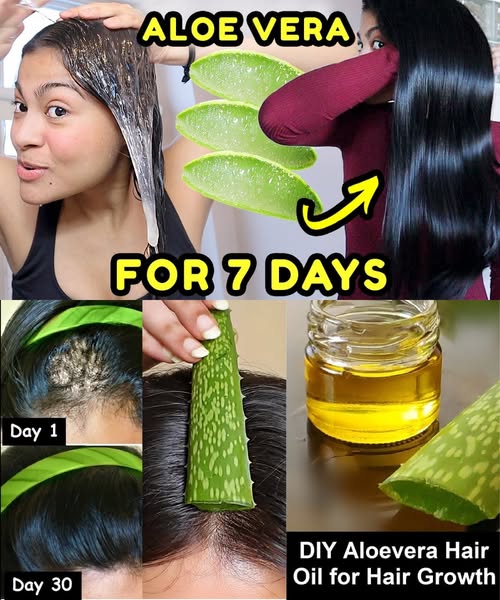Introduction

With food adulteration on the rise, concerns about fake or plastic rice continue to worry consumers worldwide. Reports of synthetic rice mixed with real rice have surfaced, causing health hazards such as digestive issues and even long-term toxicity. In 2025, it’s more important than ever to know how to detect plastic rice before it reaches your plate.
In this comprehensive guide, we’ll break down six simple yet effective ways to identify plastic rice using easy-to-follow home tests. We’ll also answer some of the most frequently asked questions about plastic rice and provide expert insights on safeguarding your health and making informed food choices.
Let’s dive in!
How to Identify Plastic Rice in 6 Steps
1. The Water Float Test
How It Works:
- Take a glass of water and add a tablespoon of rice.
- Stir the rice well and observe what happens.
- If the rice floats at the surface, it might contain plastic impurities.
Why It Works:
- Real rice is denser and will sink, while synthetic plastic rice is lightweight and tends to float.
2. The Fire Test
How It Works:
- Take a handful of dry rice and light a small portion with a match or lighter.
- If the rice gives off a plastic-like smell and melts, it is fake.
Why It Works:
- Natural rice burns differently, while plastic rice melts and emits a strong chemical odor.
3. The Hot Oil Test
How It Works:
- Heat a pan of cooking oil and drop in some rice grains.
- If the rice starts melting or sticking together like plastic, it is contaminated.
Why It Works:
- Real rice does not melt; instead, it crisps up when exposed to high heat.
4. The Boiling Water Test
How It Works:
- Boil a pot of water and add a handful of rice.
- If a plastic layer forms on the surface or the water becomes excessively cloudy, the rice might be fake.
Why It Works:
- Genuine rice will cook without forming a thick film, whereas plastic rice can release synthetic substances.
5. The Mold Growth Test
How It Works:
- Cook some rice and store it in an airtight container for 2–3 days.
- If no mold appears after several days, it may contain plastic.
Why It Works:
- Natural rice decomposes and grows mold over time, whereas plastic remains unchanged.
6. The Hand Crush Test
How It Works:
- Take a few grains of rice and press them between your fingers.
- If they break down into a fine powder, they are real. If they feel rubbery or bounce back, they may contain plastic.
Why It Works:
- Plastic rice has an elastic texture, while real rice is brittle and crushes easily.
Frequently Asked Questions (FAQs)
1. What is plastic rice made of?
Plastic rice is often made from synthetic resins such as polypropylene and polyethylene, which mimic the appearance of natural rice but pose serious health risks when consumed.
2. Can plastic rice harm your health?
Yes, consuming plastic rice can lead to digestive disorders, liver damage, hormonal imbalances, and other long-term health complications due to its toxic components.
3. How widespread is plastic rice fraud?
According to food safety reports, cases of plastic rice have been found in several countries, particularly in regions with weak food regulation policies.
4. Is there an official way to test for plastic rice?
Government agencies use spectroscopy, chemical analysis, and laboratory testing to verify the authenticity of rice samples.
5. Where can I report fake rice?
If you suspect plastic rice, report it to local food safety authorities, consumer protection agencies, or health departments for investigation.
Strategies to Consider
1. Buy from Trusted Sources
Purchase rice from reputable brands, certified organic farms, or stores with strict quality control measures.
2. Look for Certification Marks
Check for food safety certifications like FDA, FSSAI, USDA Organic, or ISO marks on the packaging.
3. Stay Updated on Food Safety Alerts
Follow official food safety organizations and news sources to stay informed about new cases of food fraud.
4. Use Digital Food Scanners
Modern food testing devices and apps can help consumers identify contaminated rice more accurately.
5. Educate Your Community
Raise awareness by sharing this information with family, friends, and online groups to help others avoid food scams.
Conclusion
Food fraud remains a global concern, but by learning how to identify plastic rice using these six proven methods, you can protect yourself and your family from potential health risks. Remember to stay vigilant, purchase from trusted sources, and report any suspicious products to the relevant authorities.
By sharing this guide, you contribute to a safer food supply for everyone. Stay informed, stay safe, and always prioritize quality in your diet!


